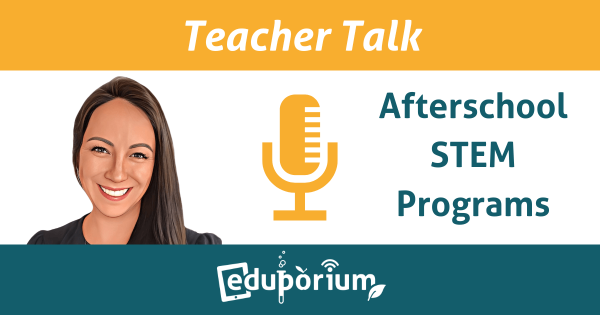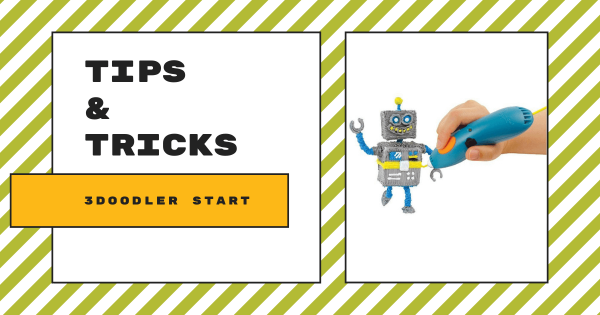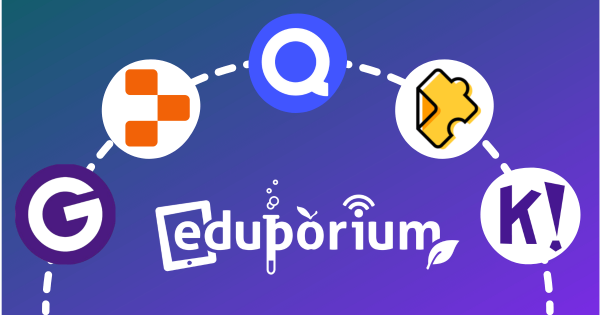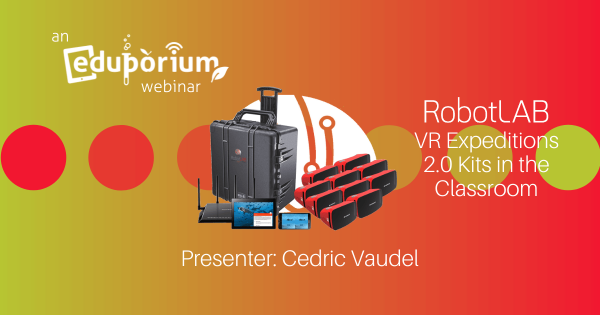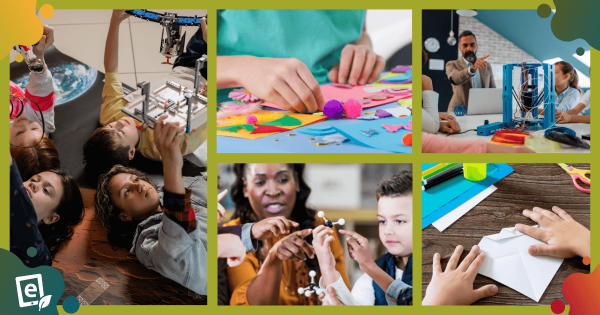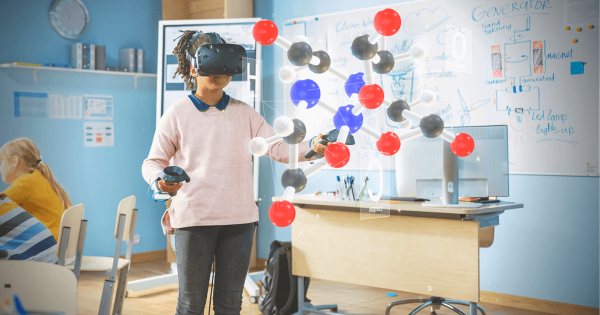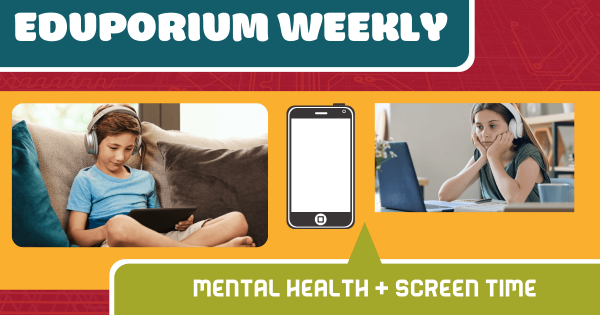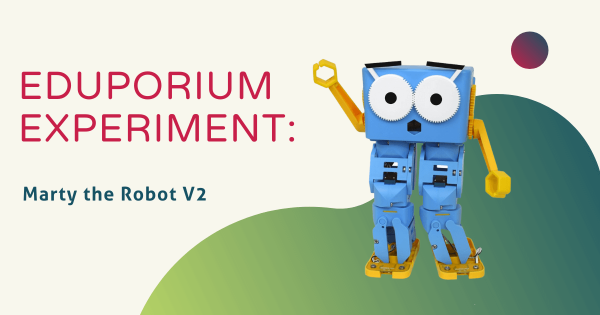In afterschool programs, educators enjoy more freedom to introduce ideas they might not have time to work into a regular lesson plan. For our newest Teacher Talk, I chatted with Mallory Davis, a curriculum director who works with afterschool programs. We had a wonderful conversation about how to integrate STEAM and SEL and the benefits of afterschool STEM education.
Eduporium Blog
-
Tips & Tricks | 3Doodler Start 3D Printing Pen
With the 3Doodler Start 3D printing pen, children can experience hands-on design and creation starting in the early grades. Instead of kids choosing a 3D design and watching a 3D printer complete it, however, they get to print their very own 3D objects by hand. Plus, it is completely safe and its tactile frame makes it easy for young students -
Top Supplementary Websites For The Classroom
As education evolves, so do the methods of enriching students’ classroom experiences. For example, gamifying learning can help boost engagement, coding prepares students for the future, and multimedia tools help enliven instruction. Plus, they all challenge kids to apply what they’ve learned. So, we compiled the best supplementary websites for your teaching toolbox. -
Robotics Tools For Teaching Kids Different Coding Languages
Robotics tools, in particular, are very valuable in K–12 classrooms because of the various sets of skills children can gain when coding with them. Most notably, teachers could introduce a variety of programming languages, like Scratch, Blockly, JavaScript, Swift, Python, and others—helping kids build a foundation for both their creative and technological development. -
Tips & Tricks | The SAM Labs STEAM Kit
When using the SAM Labs kits in your classroom, the wireless setup helps make everything easier to integrate. With the SAM Labs projects, students can apply logic, reasoning, design thinking, and computational thinking as they build inventions and, not only are they great for coding in elementary school, each kit is also great for makerspaces and afterschool activities. -
Webinar: Catch Our RobotLAB VR Expeditions 2.0 Replay
In the webinar, we joined RobotLAB’s VP of Business Development, Cedric Vaudel, who guided the audience through a demo of using RobotLAB’s VR systems, content, and hardware. He began with explaining how their team utilized feedback from educators for designing this final product, including some very specific, education-focused upgrades. Watch the replay inside! -
5 Things To Add To Your School Makerspace Supply List
You might hear this a lot, but almost every school makerspace may feature unique learning and building materials. Because makerspaces are found all throughout the K–12 grades (and even college), an elementary makerspace will often look a whole lot different than one you’ll see in a high school. So, using the right supplies at the right times makes a significant -
Using Virtual Reality Systems In Education
AR and VR both unlock unique angles for learning that, along with effective integration, can enhance student learning experiences. They can also bring concepts to life with stunning visual displays and, once these physical and digital worlds intersect, students can gain context that supports instruction and even potentially reaches them on more of an emotional level. -
Student Mental Health And Their Screen Time
While other pandemic-induced issues, like inequity, isolation, relationships, and SEL have been crucial focal areas, the effects of too much screen time on their daily development have also caught up with many students. As we continue to hone in on student mental health concerns, it’s often important for parents and educators to keep digital wellbeing in focus for kids. -
Eduporium Experiment | Marty The Robot V2
The Marty V2 is ideal for students in Grades K-8 since they can easily build their bots themselves. This helps teachers incorporate in-class engineering experiences as well as enabling children to better connect their heads and hands throughout that building process. Once it is built, students can then explore opportunities for different types of coding with this compact robot.



